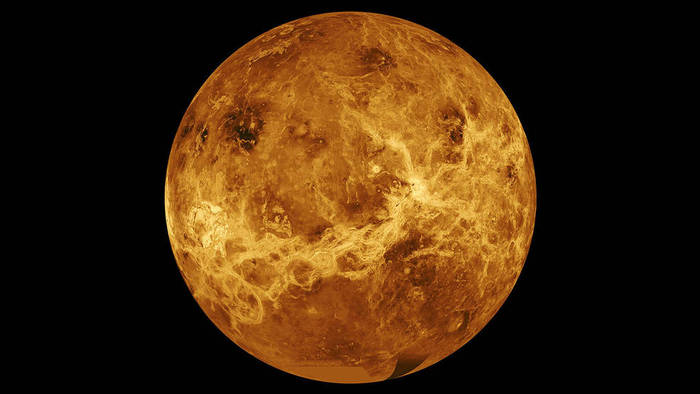Venus is the target of two NASA missions planned between 2028 and 2030 to study the atmosphere and the inner workings of the planet to see if it is indeed "a lost habitable world".
This is to understand if the planet is still geologically active and if in the past it had an ocean.
At the first, Veritas (Venus emissivity, radio science, insar, topography, and spectroscopy), Italy also participates, with the Italian Space Agency (ASI) and the National Institute of Astrophysics (INAF);
the second mission is called e Davinci + (Deep atmosphere Venus investigation of noble gases, chemistry, and Imaging).
Both missions are part of NASA's Discovery program and are managed by the Jet propulsion laboratory (Jpl).
The two missions directed to Venus
It is a technological challenge because the probes will have to withstand the extreme temperatures of Venus and its high atmospheric pressure, responsible for the planet's infernal greenhouse effect, but it is worth facing it because the data of the two missions will allow us to better understand the formation and the evolution of the Earth and in general of the rocky planets orbiting other stars.
The 'lost world' of Venus
Italy, which participates in the Veritas mission through a partnership between ASI and JPL, is responsible for three instruments: the IDST transponder (Integrated Deep Space Transponder) necessary to guarantee communications and to perform radioscience experiments to study the gravity of the planet , the radiofrequency part of VISAR (Venus Interferometric Synthetic Aperture Radar) to study the morphology of volcanism, and the HGA (High-Gain Antenna). "Italy will contribute in a determined way to the main scientific themes of the mission, without neglecting the technological contribution of the parts of our responsibility that have been identified thanks to the experience gained on other collaborations with JPL such as Cassini and Juno", observes Barbara Negri,Head of the Human Flight and Scientific Experimentation Unit of ASI.
“This will be a unique opportunity to study the geological activity of the planet and verify if Venus is currently active”, notes the expert in planetary geology Gaetano Di Achille, of INAF. "The instrumentation on board will allow us to have an unprecedented view of the planet and its variations since the visit of the latest missions, Magellan of NASA and Venus Express of ESA".

